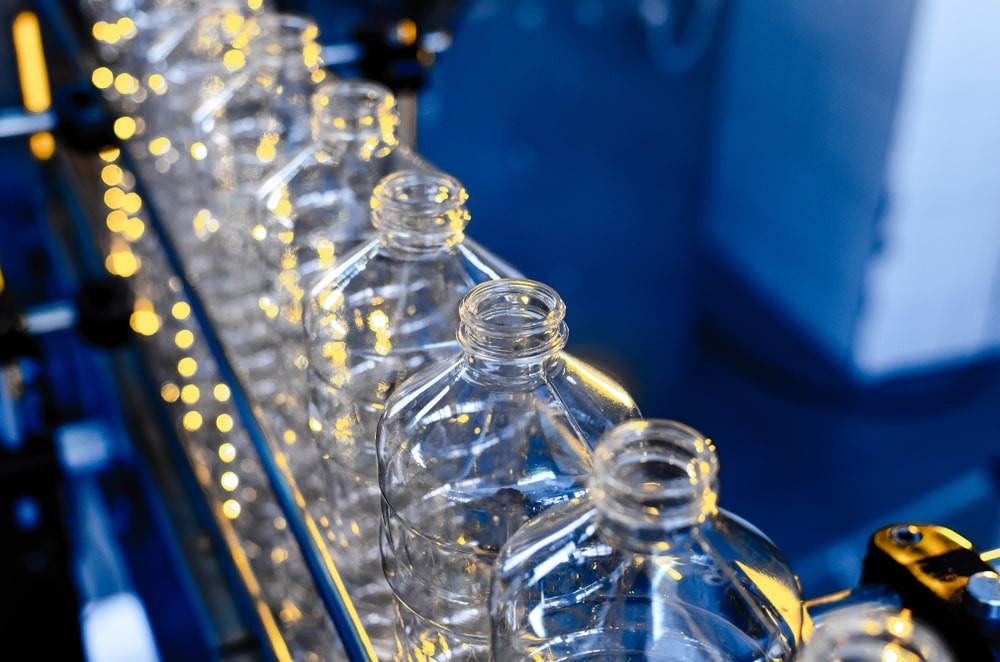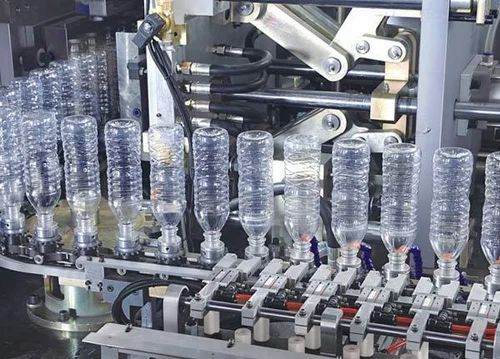Introduction
Taking care of your plastic water bottle is super important for staying healthy! Mold can sneak in and cause problems, so we’ve put together this mega guide to help you clean it out. We’re going to explore all sorts of cool methods and share awesome tips on how to get rid of mold from your plastic water bottles. From simple tricks to more advanced techniques, we’ve got you covered. It’s like a superhero mission to keep your bottles super clean and make sure your drinks are always safe and healthy. Let’s begin this fascinating trip into the realm of glass cleaning, so collect those cleaning tools! With our guide, you’ll be a bottle-cleaning superhero in no time.

What are the basics of mold?
One sort of fungus that grows well in wet, humid conditions is mold. It appears as fuzzy or slimy growth, often in various colors like green, black, or white. Mold reproduces through tiny spores that can be present in the air. When these spores land on a suitable surface, especially one with moisture, they can grow and form colonies. Mold can develop on a variety of materials, including food, fabric, wood, and even plastic. While some molds are harmless, others can produce mycotoxins, posing health risks when inhaled or touched. Controlling moisture levels and promptly addressing mold growth are essential to preventing its proliferation and potential adverse effects.
The Impact of Mold on Health
Mold can affect health in different ways, like making it harder to breathe, causing sneezing, or giving itchy skin. If you have asthma, mold might make it even trickier to catch your breath. Some molds can make special things called mycotoxins, which can be a bit like troublemakers, causing more serious problems. If you’re around mold a lot, it might even make your lungs feel not-so-great, like having a cold that doesn’t go away. So, if you think there’s mold around and you’re not feeling your best, it’s a good idea to talk to someone who knows about it, like a doctor, and get rid of the mold as soon as you can!
How to Recognize the Signs of Mold
Spotting mold is like being a detective for a healthy home! Look for patches that seem like mold on walls or ceilings; they can be different colors, like black, green, or brown. If you catch a whiff of a weird smell, especially in certain rooms, that might be mold saying hello. Check for any signs that water went where it shouldn’t, like stains or peeling paint. Sometimes mold can hide behind walls, making the paint bubble or peel. If you or your friends start sneezing a lot or feeling funny when you’re at home, mold might be the culprit. Keep an eye out for these clues and remember, a healthy home is a happy home!
How to clean mold from plastic water bottle
Cleaning mold from a plastic water bottle is crucial for maintaining a healthy and safe hydration source. This is an in-depth how-to for properly cleaning mold out of the water bottle:
Empty the Bottle:Begin by completely emptying your water bottle of any remaining water, ensuring a fresh start for the cleaning process.
Pre-Rinse:Give the bottle a thorough pre-rinse with hot water to eliminate loose mold particles and any residual liquid.
Add Dish Soap:Introduce a few drops of gentle dish soap into the bottle, a key step to breaking down and removing mold effectively.
Use a Brush:Employ the power of a specialized bottle brush or a trusty toothbrush to meticulously scrub the bottle’s interior. Pay special attention to areas where mold is visible.
Rinse Again:Conduct another comprehensive rinse with hot water to rid the bottle of any lingering soap residues and dislodged mold particles.
Prepare a Vinegar Solution:Formulate a cleaning powerhouse by mixing equal parts white vinegar and water within the bottle, filling it halfway for a deep-cleaning solution.
Let it Soak:Allow the bottle to luxuriate in the vinegar solution for a minimum of 30 minutes. This step harnesses vinegar’s mold-killing properties and neutralizes any lingering odors.
Scrub Again:Revisit the scrubbing process with your brush, focusing on any persistent mold spots that may require extra attention.
Baking Soda Rinse:Elevate your cleaning arsenal by introducing baking soda into the bottle. Swirl this dynamic mixture around to clean, deodorize, and ensure a fresh scent.
Final Rinse:Execute a final, meticulous rinse with hot water, guaranteeing the removal of any remaining traces of vinegar and baking soda.
Air Dry:Grant your water bottle the luxury of air drying completely, allowing it to regain its freshness and ensuring a pristine surface before your next use.
Regularly implementing this comprehensive cleaning routine not only eliminates existing mold but also serves as a proactive measure against future growth, preserving the health and safety of your hydration source.
Learn more about mold
You can learn more about mold from many places but in that case, you may face many difficulties but nothing to worry; we also have solutions for that. On our website, EX MOULD Co., Ltd., you can learn more about this. And the method of learning on the website is so friendly. So join us now and be our friend.

FAQs
How often should I clean my plastic water bottle?
Regular cleaning is crucial. Aim for it at least once a week to prevent mold growth.
Is it possible to clean the water container with bleach?
Although bleaching works well, its strong substances make it unsuitable for frequent use. Opt for milder solutions like vinegar or lemon.
Can mold in a water bottle make me sick?
Yes, mold can harbor harmful bacteria and allergens, potentially causing health issues. It’s essential to clean your bottle regularly.
What if the mold persists after cleaning?
Persistent mold may require a more thorough cleaning or, in extreme cases, replacing the water bottle.
Can moldy bottles be salvaged?
In some cases, persistent mold may compromise the bottle’s safety. It’s best to change the bottle if washing doesn’t fix the problem.
Conclusion
Ensuring your plastic water bottle stays mold-free isn’t just about cleanliness; it’s also crucial for keeping yourself healthy. Following the cleaning methods outlined in this guide regularly, along with adopting good maintenance habits, ensures you’ll always enjoy a safe and refreshing drinking experience. Maintaining sanitation will not only increase the usefulness of your water bottle but also help you preserve your health each time you sip.



